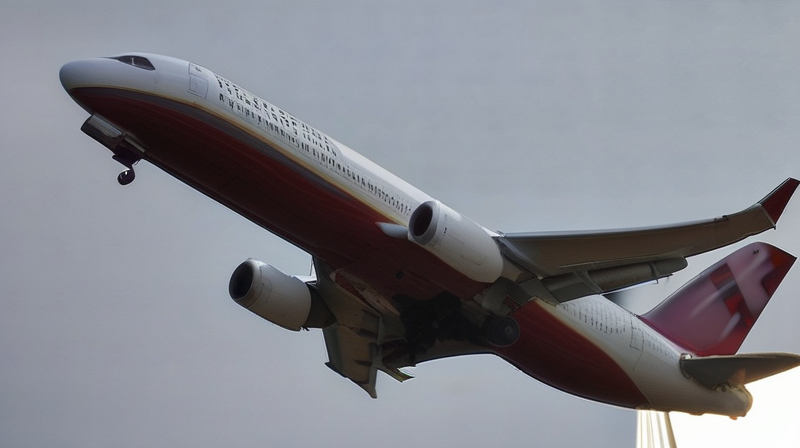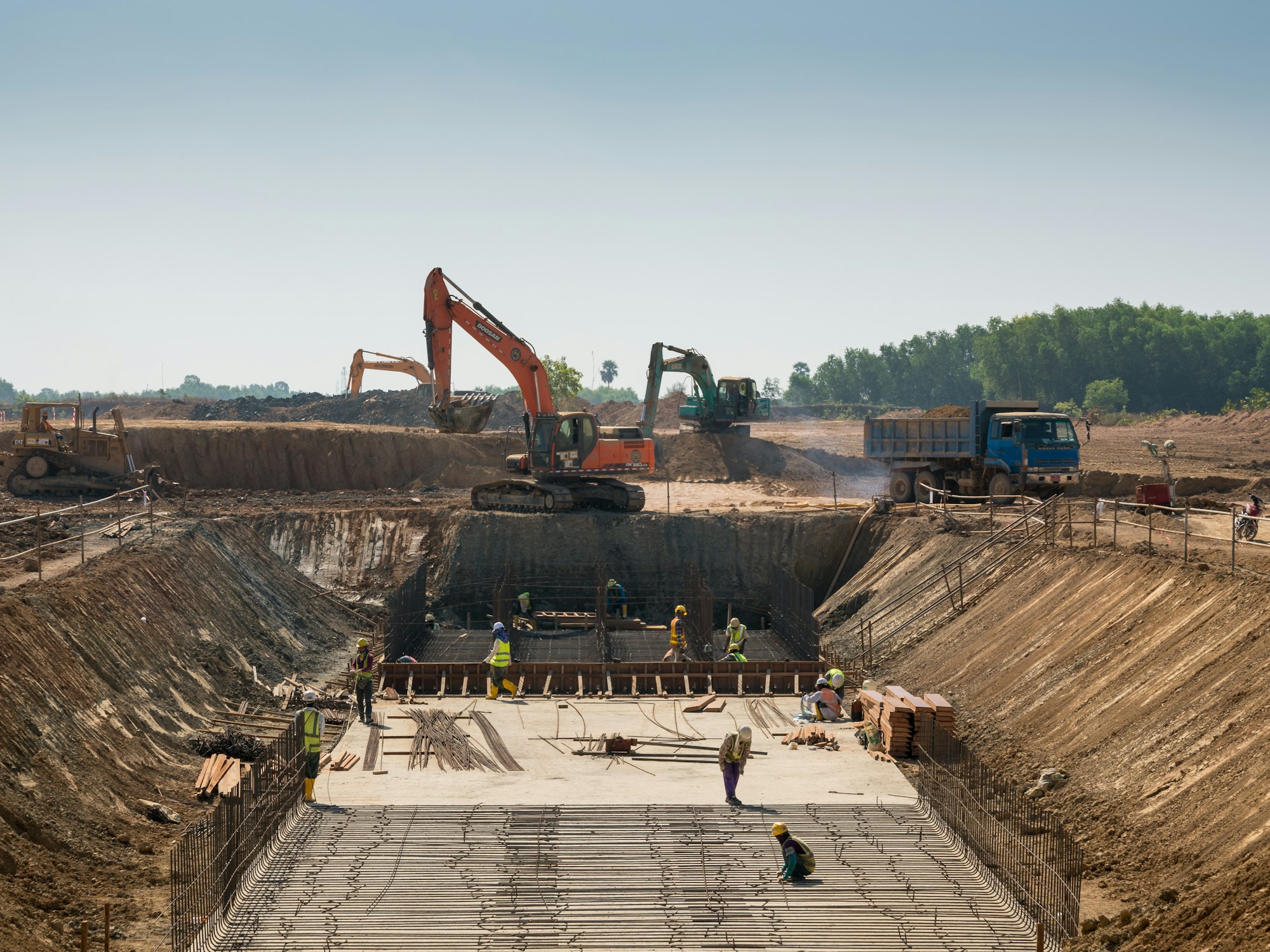Airports are at the forefront of a regulatory storm brewing over the use of aqueous film-forming foam (AFFF) in fire suppression and training exercises. The Environmental Protection Agency’s proposed designation of perfluorooctanoic acid (PFOA) and perfluorooctanesulfonic acid (PFOS) as hazardous substances under the Comprehensive Environmental Response, Compensation and Liability Act (CERCLA) has raised concerns about the long-term health risks associated with these substances. The EPA’s actions have put airports in the crosshairs, as they have been using AFFF for decades, posing a significant health risk to both onsite personnel and those living near airports and military bases.
While most airports have transitioned to fluorine-free foam, the potential for contamination and cleanup costs remains a pressing concern. The proposed rule aims to hold polluters accountable for releasing substances hazardous to human health and the environment, enabling the EPA to administer Superfund cleanups of sites contaminated with PFOA or PFOS. The designation of PFOA and PFOS as hazardous materials would enable the EPA to take action against polluters, including airports, to address PFAS contamination.
In response to the proposed hazardous materials designation, five bills were introduced in Congress to protect certain entities against CERCLA liability related to PFAS contamination. However, the effectiveness of these bills remains uncertain, and airports may still face liability for property damage and cleanup costs. New environmental requirements are emerging, with California requiring drinking water wells near airports to be tested for PFAS contamination and the U.S. Department of Defense identifying over 400 military sites with significant legacy PFAS concerns.
The EPA’s proposed National Primary Drinking Water regulation sets a limit of no more than 4 parts per trillion for PFOA and PFOS in drinking water, raising public alarm regarding PFAS. The cost of cleanup and remediation is a significant concern, with estimates ranging from tens of millions to hundreds of billions of dollars. Federal funding is available, but airports may need to take legal action to secure funding and mitigate risk.
Litigation can be used to hold manufacturers responsible for cleanup costs, with notable settlements already reached between PFAS manufacturers and water suppliers. Taking legal action early can reap larger awards with low financial risk, as contingency-based law firms can help airports navigate the complex legal landscape. With over 3,000 cases related to AFFF pending in the MDL, airports that initiate a legal strategy now are more likely to receive adequate funds than those that wait until the settlements are agreed upon. The time for airports to act is now, as the enormity of PFAS contamination is just beginning to unfold.





